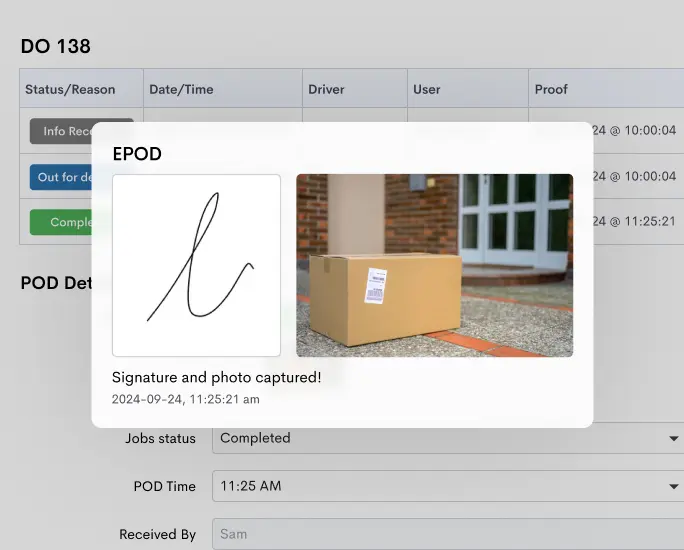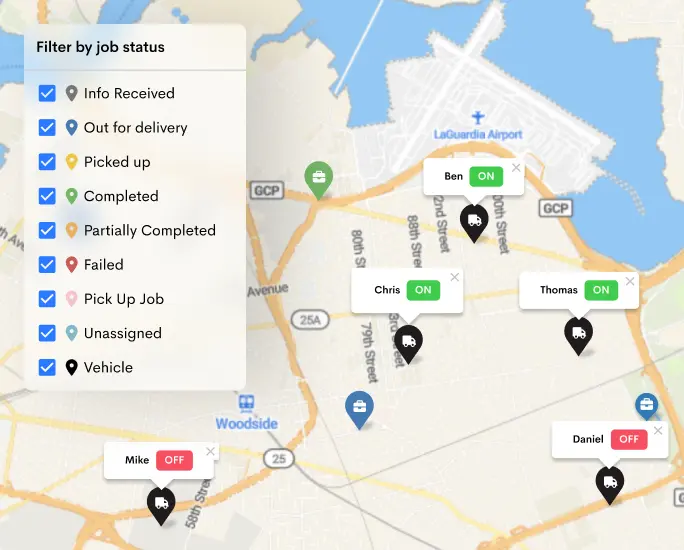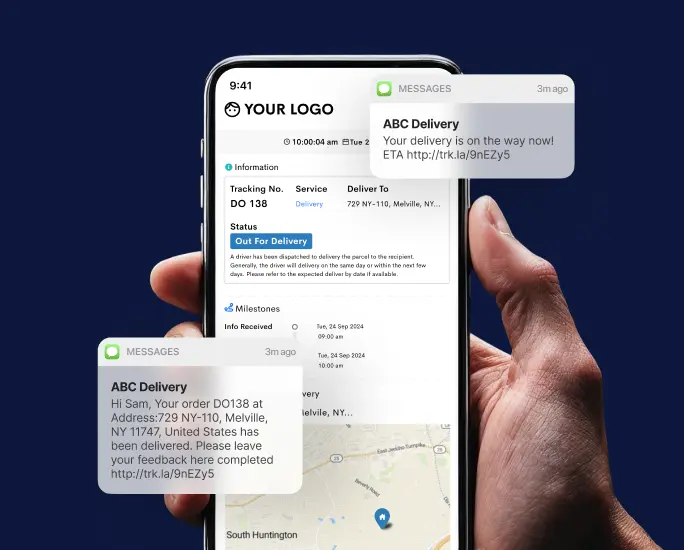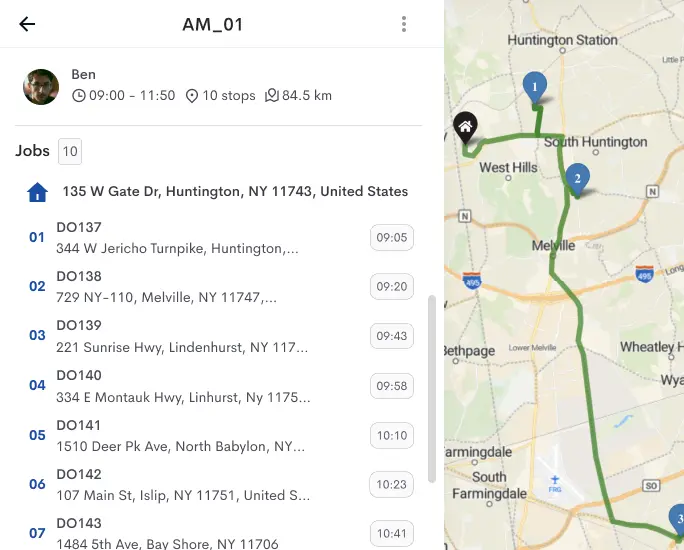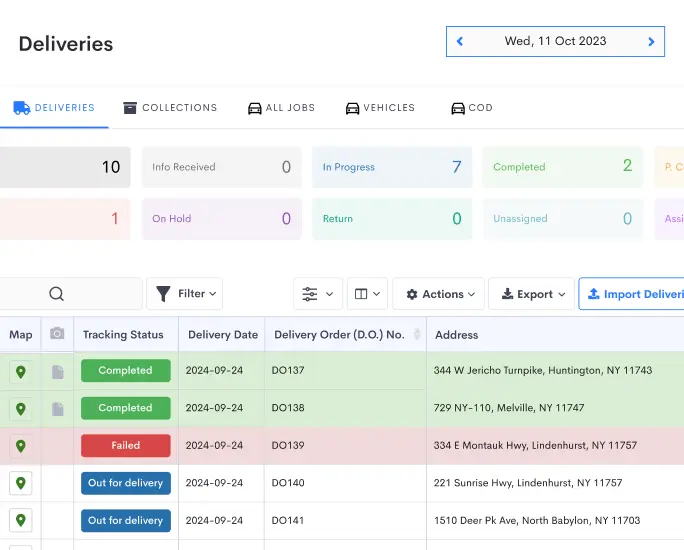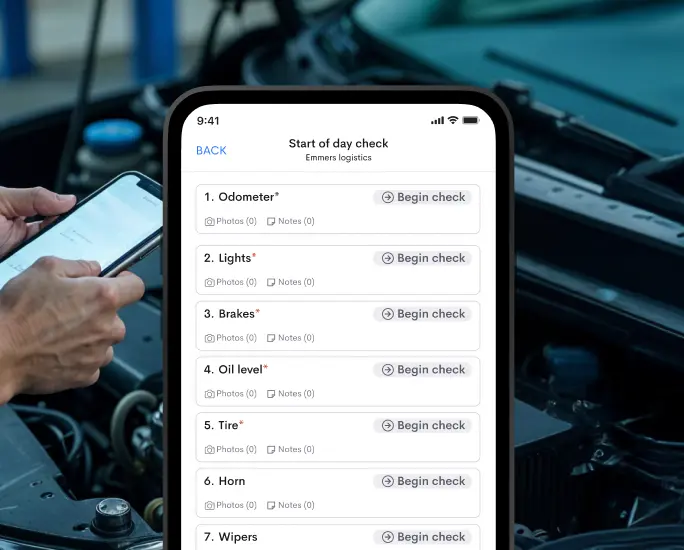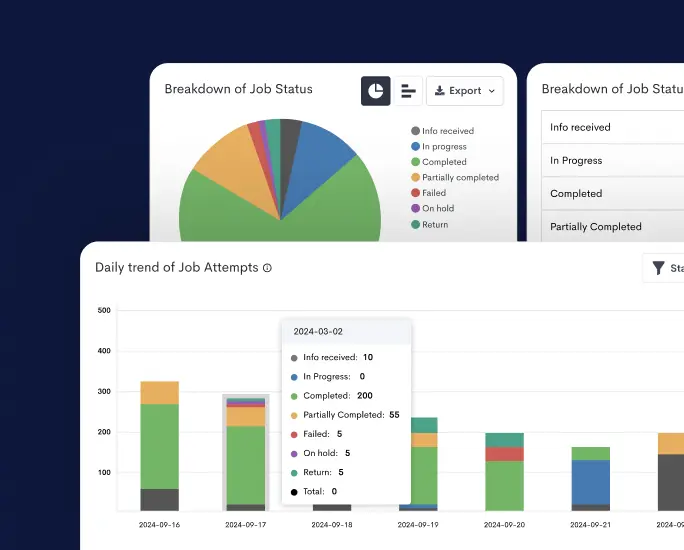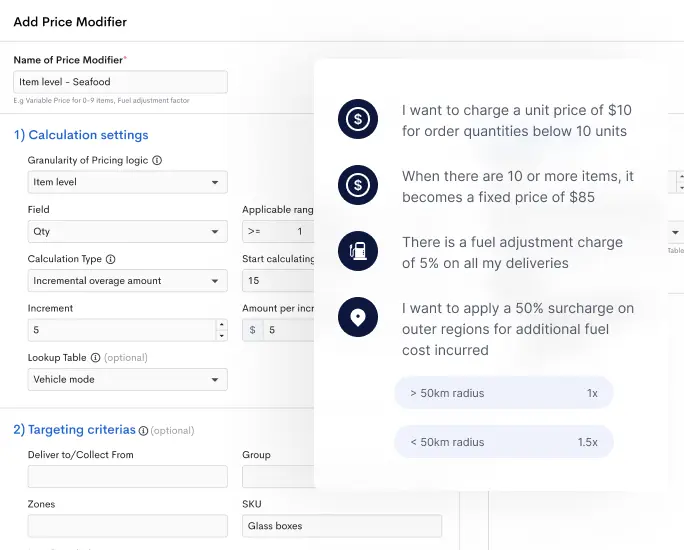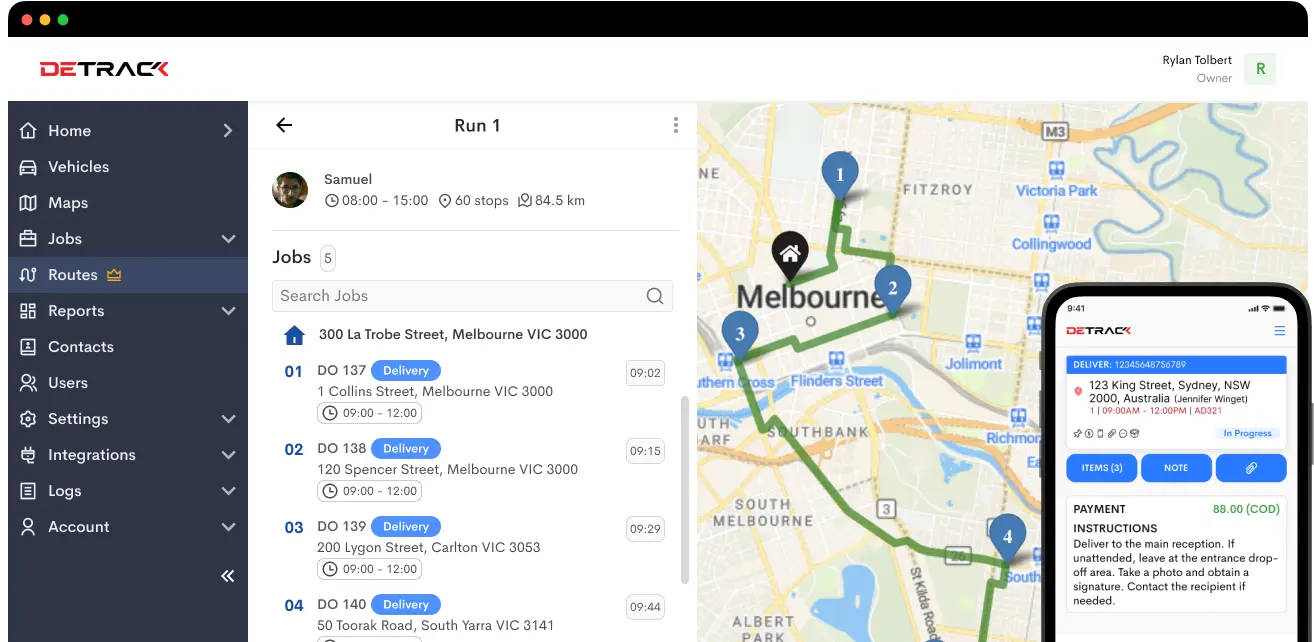Operational efficiency in delivery isn’t just a buzzword; it’s the backbone of modern logistics. Improving operational efficiency has become paramount as businesses strive to meet the demand for rapid, seamless, and eco-friendly deliveries.
But what does operational efficiency mean in delivery? Why should businesses care about it, and how can they achieve it?
What Is Operational Efficiency in Delivery?
Operational efficiency in delivery is about optimizing every step of the logistics chain. It covers planning, routing, packing, and delivering, all while minimizing resources like time, fuel, and money. The goal is to do more with less.
Imagine a delivery route with numerous stops that could be planned for minimal travel time or organized in a line. The first approach saves fuel, time, and cost—ultimately, it’s more efficient and, importantly, better for the environment.
Why Operational Efficiency Matters
Now, why is everyone in logistics talking about efficiency? Because inefficiency is expensive. Delays, incorrect routes, excessive fuel usage, and idle time are costly. Operational inefficiency can lead to longer delivery times, lower customer satisfaction, higher operational costs, and increased carbon emissions.
According to a study by McKinsey & Company, companies that improve their operational efficiency by 10-15% can see up to a 5% increase in profitability. Operational efficiency translates directly into better customer satisfaction and, ultimately, higher revenue.

Key Areas to Focus on for Improved Operational Efficiency
Let’s break down some essential areas where delivery businesses can maximize efficiency.
1. Automated Route Planning and Optimization
The days of manual route planning are over. Today’s route optimization software uses algorithms to automatically calculate the most efficient paths based on factors like traffic, distance, delivery windows, and weather. This is an excellent way for businesses to reduce fuel consumption and save time.
A study from the Massachusetts Institute of Technology (MIT) highlights that automated route optimization can reduce travel distance by 10-20% on average, depending on route complexity and location. That’s not only a direct saving on fuel costs but also a significant decrease in vehicle wear and tear.
2. Real-Time Tracking and Communication
Keeping customers in the loop with real-time tracking updates is no longer just a “nice to have.” Customers expect transparency, and knowing exactly when a package will arrive improves their experience. Real-time tracking allows drivers and dispatchers to quickly adapt to changing conditions, such as sudden traffic or unexpected delays.
For example, with GPS-enabled tracking, dispatchers can reroute drivers to avoid congested areas and keep delivery schedules on track. The ability to communicate with drivers and customers in real-time makes it easier to maintain a smooth operation, and it has been shown to reduce customer complaints significantly.
3. Load Optimization
Not all delivery vehicles are created equal. Load optimization means packing delivery vehicles to maximize space while considering factors like item fragility, order of deliveries, and vehicle weight limits. With the right tools, load optimization can reduce the trips required and improve fuel efficiency.
According to a report by Deloitte, businesses that adopt load optimization practices experience an average of 15% fewer trips per day, cutting down on fuel costs, driver time, and carbon emissions. That’s a win-win for both the bottom line and the environment.
4. Efficient Use of Data and Analytics
Data-driven decisions are a game-changer in delivery operations. With the right data, businesses can analyze and refine delivery patterns, identify areas of improvement, and even predict demand for specific routes or areas. Insights gained from delivery data can inform route changes, staffing needs, and fleet management.
Take, for instance, the role of predictive analytics. By examining past data, companies can anticipate peak delivery times and prepare for them. This proactive approach allows companies to avoid bottlenecks, meet demand more effectively, and maintain a higher level of customer satisfaction.

Practical Steps to Achieve Operational Efficiency in Delivery
Let’s talk action steps—concrete ways businesses can ramp up their operational efficiency in delivery.
Step 1: Adopt Advanced Delivery Management Software
Investing in a robust delivery management system is foundational. These platforms integrate route optimization, real-time tracking, and load optimization into a single interface. Delivery management software automates time-consuming tasks, provides critical insights, and empowers businesses to make data-informed decisions.
For example, with a comprehensive delivery management tool like Detrack, companies can gain visibility into their fleet, monitor delivery times, and adapt to real-time challenges. Such tools reduce the administrative burden on teams and allow them to focus on core tasks, boosting efficiency and reducing operational costs.
Step 2: Prioritize Training for Drivers and Staff
No amount of technology can replace skilled drivers who understand the importance of efficiency. Businesses should invest in training programs that educate drivers about fuel-efficient driving practices, effective use of navigation tools, and customer service best practices.
Research published in the Journal of Business Logistics indicates that driver training programs focused on operational efficiency reduce fuel consumption by up to 8% and lower accident rates by nearly 12%. These programs ensure that all team members are aligned with efficiency goals, from dispatch to delivery.
Step 3: Implement Green Practices
Efficiency doesn’t just benefit the bottom line—it’s also great for the planet. Many delivery companies are now exploring green practices, like electric vehicles (EVs) and fuel-efficient driving techniques, to reduce their carbon footprint.
Consider a company transitioning part of its fleet to electric. Although the initial investment is higher, EVs lower fuel costs in the long run and reduce emissions. In fact, DHL reports that its electric vehicle fleet has cut CO₂ emissions by 48% compared to traditional vehicles, demonstrating that sustainable practices can significantly contribute to efficiency.
Step 4: Monitor and Measure Key Performance Indicators (KPIs)
To gauge efficiency, you need metrics. Set KPIs to track important metrics like fuel consumption, average delivery time, on-time delivery rate, and customer satisfaction scores. Tracking these KPIs helps companies understand how well they’re doing and where improvements are needed.
Regular reviews of these metrics allow businesses to adapt their strategies and keep their operations efficient. Monitoring KPIs provides insight into how initiatives are performing, so companies can make data-driven adjustments.
Challenges to Overcome for Maximum Efficiency
Achieving operational efficiency isn’t always smooth sailing. Here are some of the main challenges delivery businesses face and how to tackle them.
Challenge 1: Rising Fuel Costs
Fuel costs continue to fluctuate, and they can heavily impact delivery expenses. Route optimization and load optimization are two strategies that can mitigate high fuel costs by reducing mileage and maximizing vehicle use.
Challenge 2: Adapting to Real-Time Changes
Even the best-laid plans can be derailed by real-time changes like traffic, road closures, or weather conditions. Equipping drivers with tools that allow them to adapt quickly to these changes is essential.
Challenge 3: Balancing Speed with Accuracy
Speed is important, but it shouldn’t come at the expense of accuracy. Ensuring drivers are familiar with handling packages with care is crucial, as damaged or incorrect deliveries lead to additional costs and potentially dissatisfied customers.
Final Thoughts: Efficiency Equals Success in Delivery
Operational efficiency in delivery is no longer optional; it’s a requirement for any business hoping to compete in today’s fast-paced market. Companies that focus on automating their processes, using real-time data, and investing in technology will be the ones that consistently meet customer expectations and maximize profits.
Efficiency isn’t just a matter of cutting costs; it’s about delivering value to customers, improving brand reputation, and supporting sustainable practices. As logistics continues to evolve, businesses that prioritize operational efficiency will stand out as leaders in the industry, ensuring they’re ready for the demands of tomorrow.

